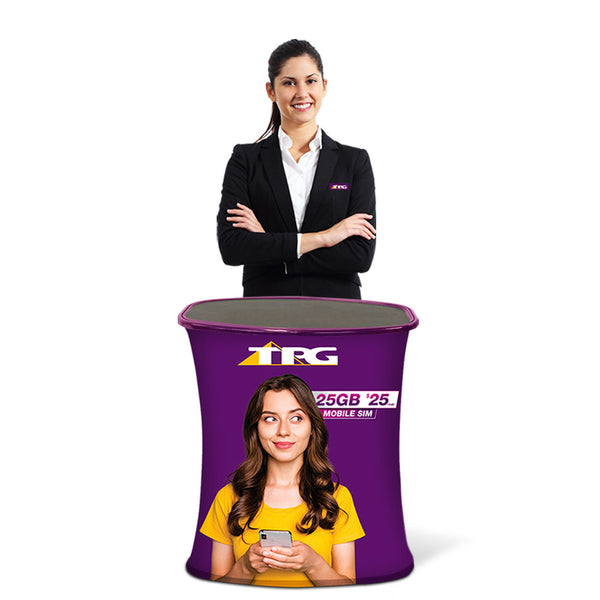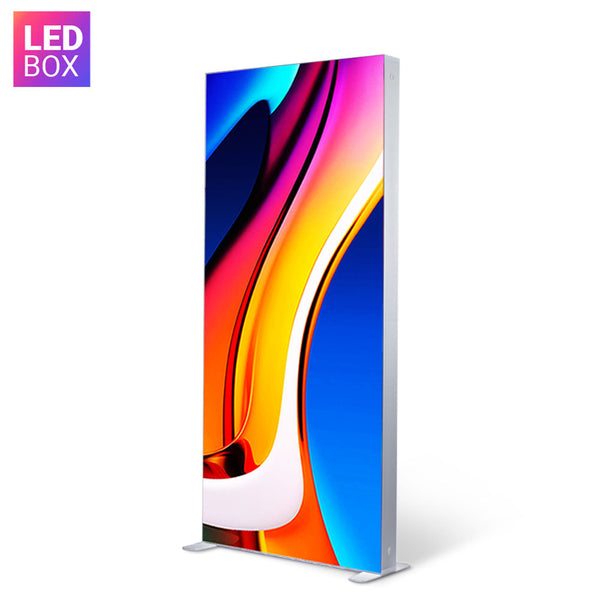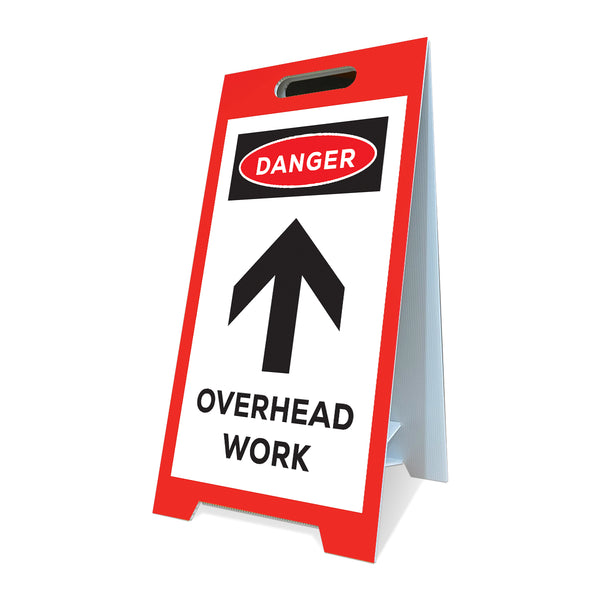How to Choose the Right Ink for Printing?

Many inks are used today for industrial and graphic printing. Choosing the wrong type of ink can ruin your printed content. So, you have to be extra careful when choosing an ink for your printing needs.
However, there are so many variables when it comes to choosing a type of ink for your printing file. So, how do you go about choosing one that meets all your needs? Let us help you do that by telling you the various types of inks used for different printing requirements.
So, without further ado, let us help you choose the right type of ink for your printing project!
1. Aqueous Ink
As the name suggests, water is the main carrier in this type of ink. Aqueous ink is nontoxic, and it doesn’t smell. The colorants added are made from either pigments or dyes. Photographic Quality Pigments are costly since they resist fading for up to a century if kept away from direct sunlight! While dyes are cheaper than pigments, they are prone to fading!
High-quality Aqueous Ink is pricier than UV or solvent ink since it requires a special surface coat on the print media that allows the ink to absorb under the surface. It is best suited for paper and card media – fine art, posters, indoor banners, photography, etc. It is not suited for outdoor signage or nonabsorbent material.
2. Dye Sublimation
These inks are used to coat solid objects – tablet PC covers, mobile phone covers, signs and plaques made from wood, plastic, glass, etc. – and for absorption into textiles – furnishings, garments, and soft signage.
Piezo heads are used to print these dyes on a temporary carrier paper. The paper is then dried, pressed against the textile, and heat is applied. The ink sublimates and is absorbed by the material to form a durable color bond. Bent heat presses are used to apply the ink onto cylindrical objects such as drinking mugs.
3. Strong Solvent
Strong Solvent inks are used for outdoor signs since they are durable – can last up to five years –and work exceptionally well with billboard paper and plastic materials. The volatile solvent melts into the surface of plastics, locking the pigment into it.
One downside to this type of ink is that it contains strong smelling Volatile Organic Compounds (VOCs). This makes it unsuitable for indoor printed items. However, since they are volatile, they cure more promptly than eco solvents. They are also more cost-effective than eco solvents.
4. Eco Solvent
These solvents contain fewer hazardous compounds than strong solvents. Plus, they don’t have a particular smell during or after the printing process. However, they are less durable than strong solvents; the lifetime of eco solvents on plastic materials is up to three years.
Although the initial drying process is quick, they require up to 24 hours to fully evaporate into the surface. They also offer less brightness than strong solvents, but the overall quality has improved over the years. They now come in opaque white and metallic ink varieties as well. They are best suited for outdoor and indoor signage – billboard paper, self-adhesive vinyl, mesh, polypropylene, vehicle wraps, etc.
Now you will always be able to make an informed decision when choosing the right ink type for your printing project!




